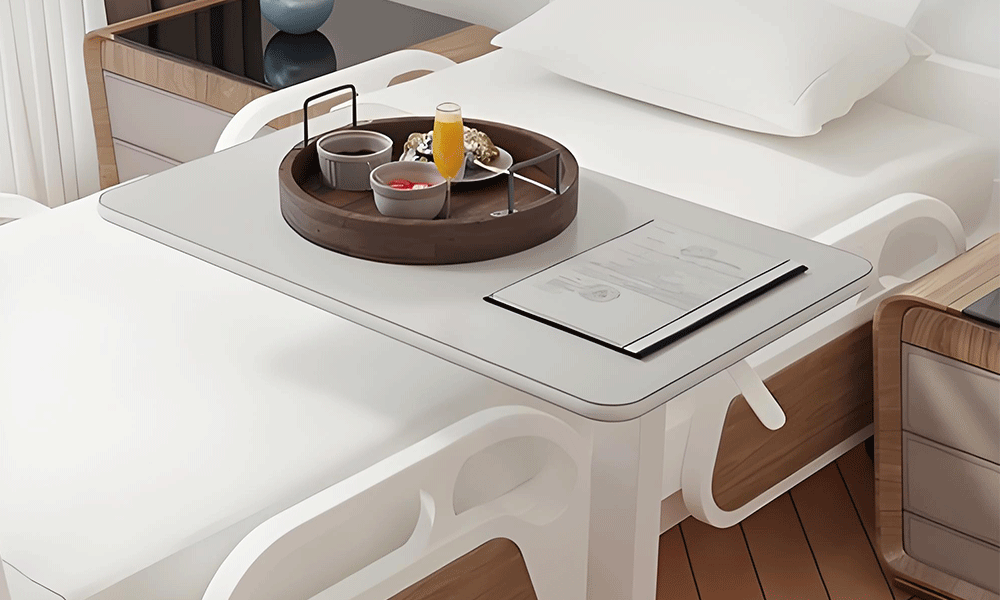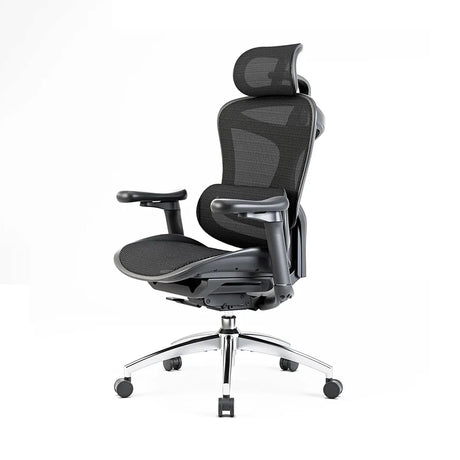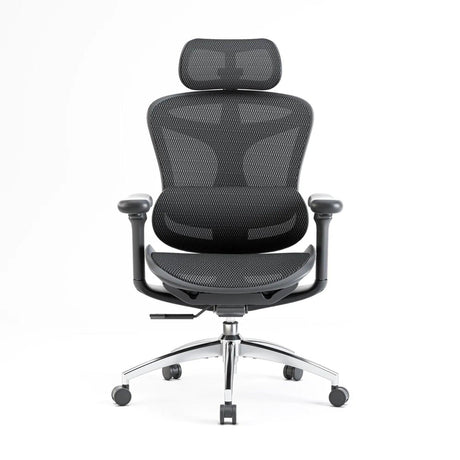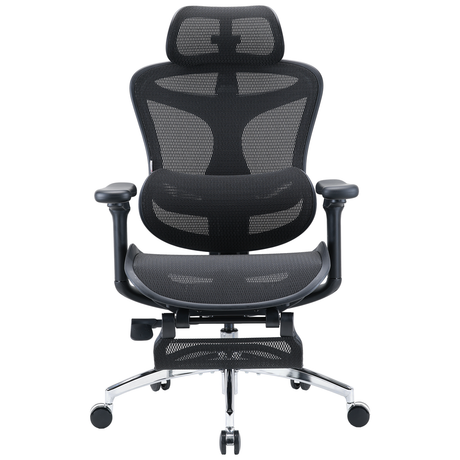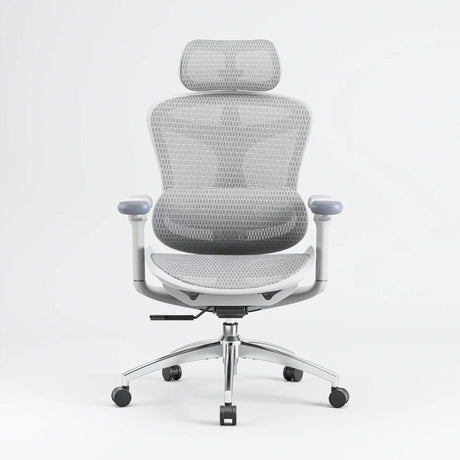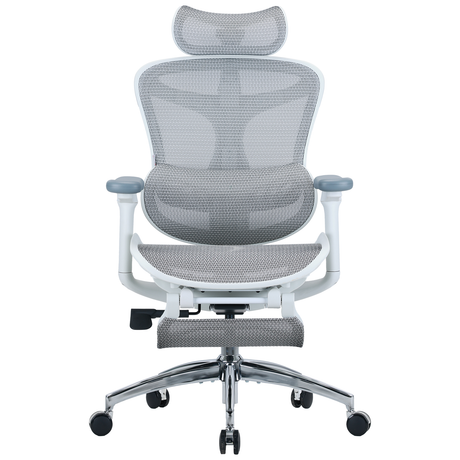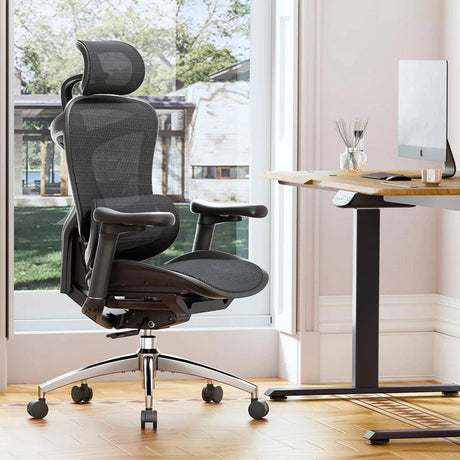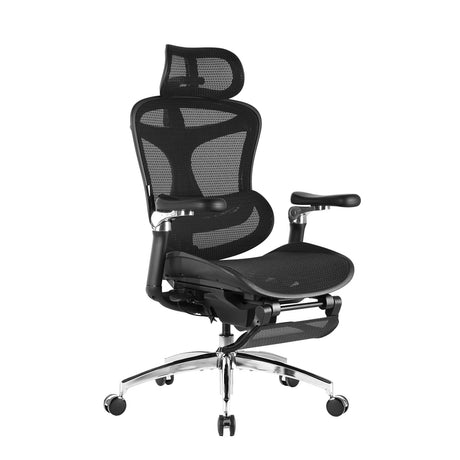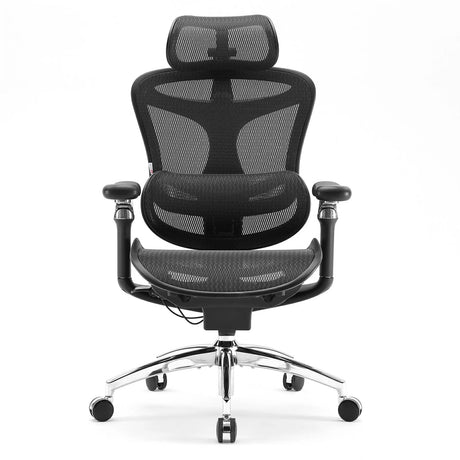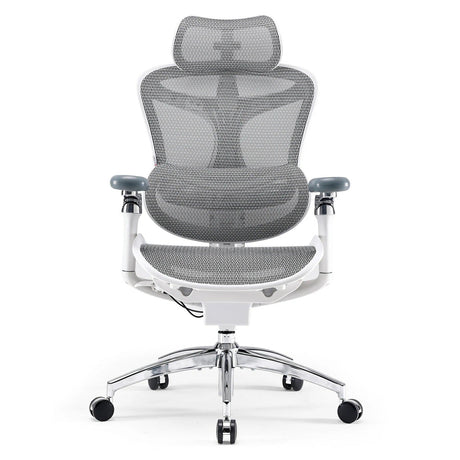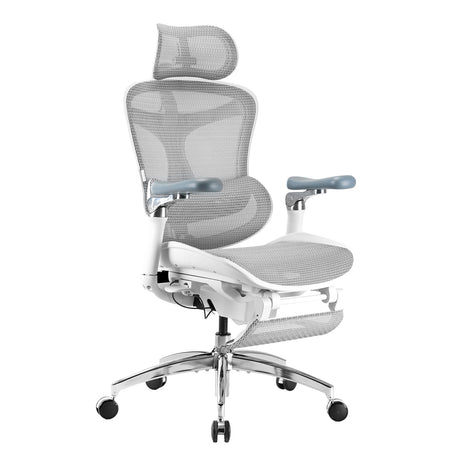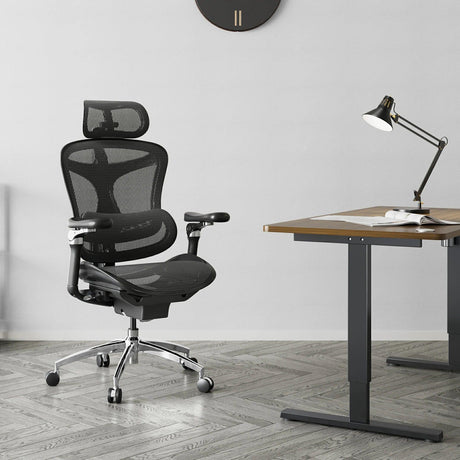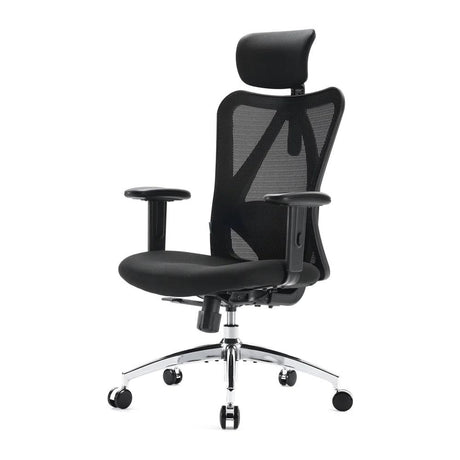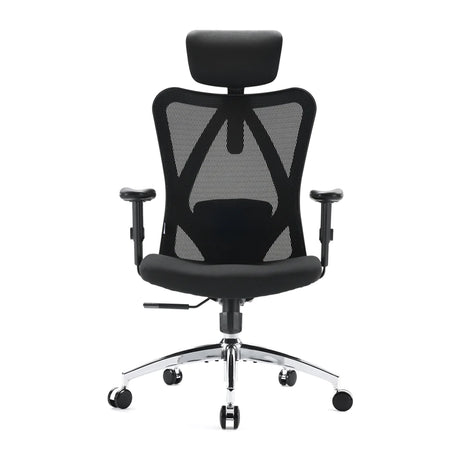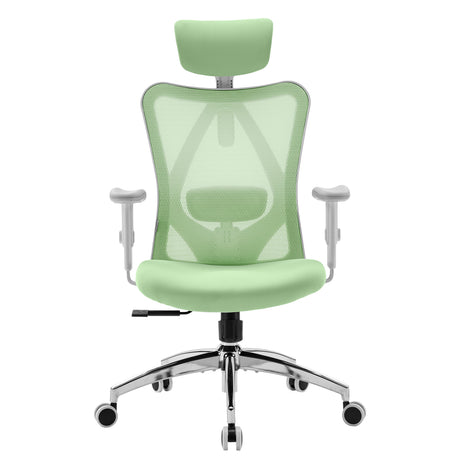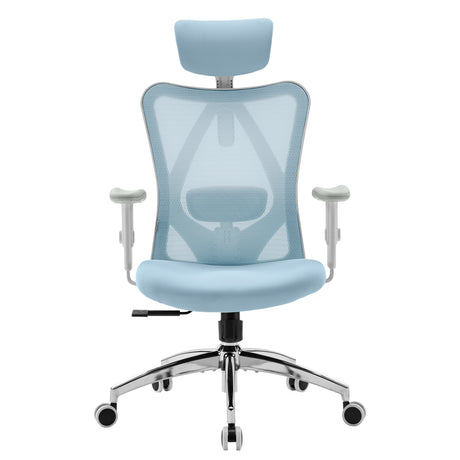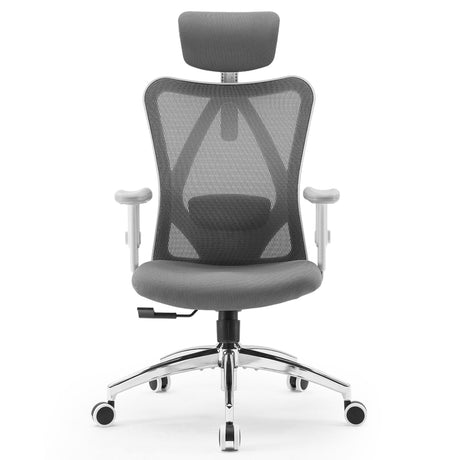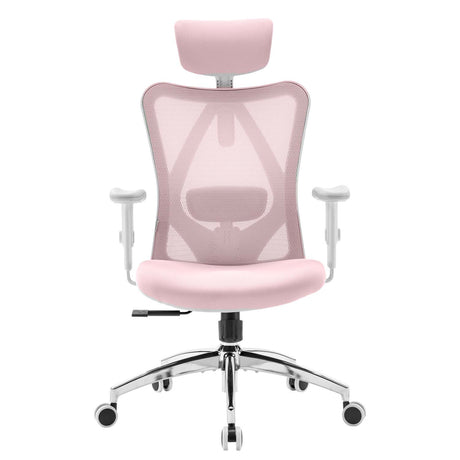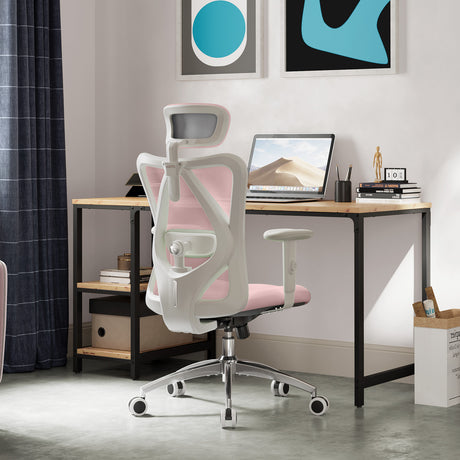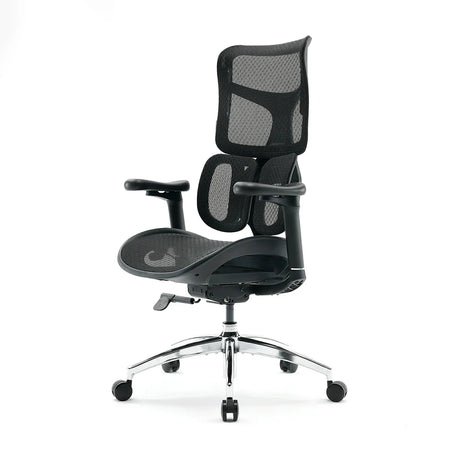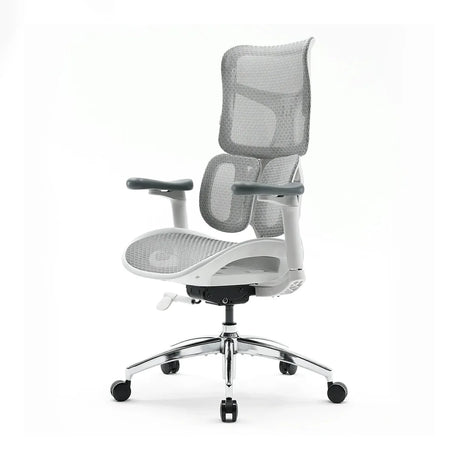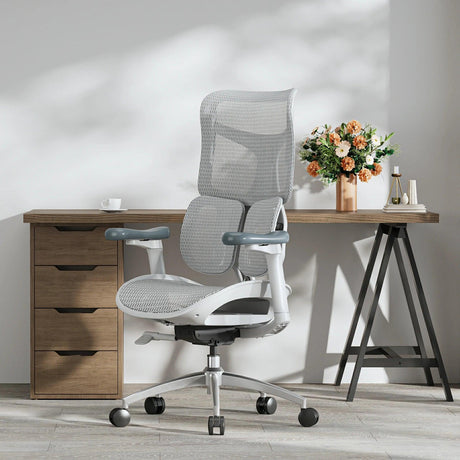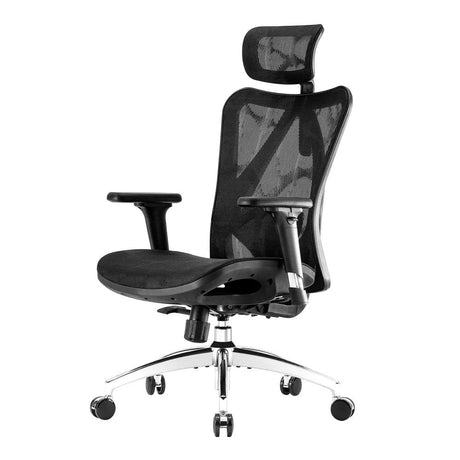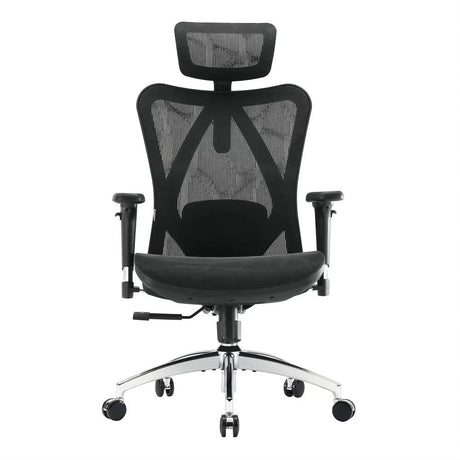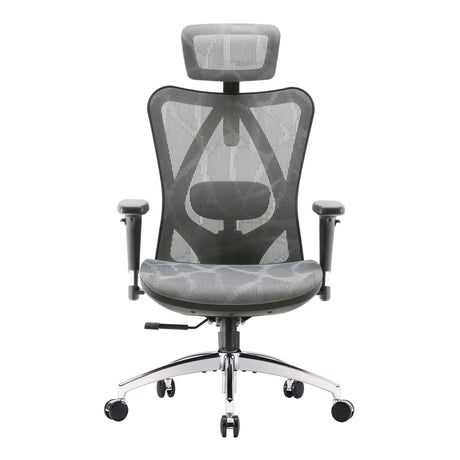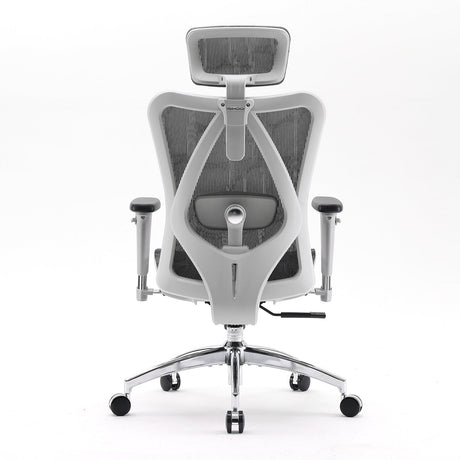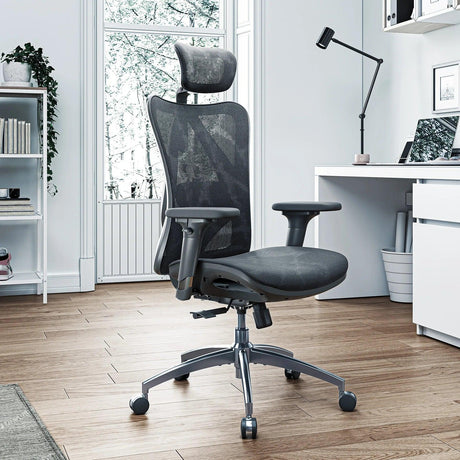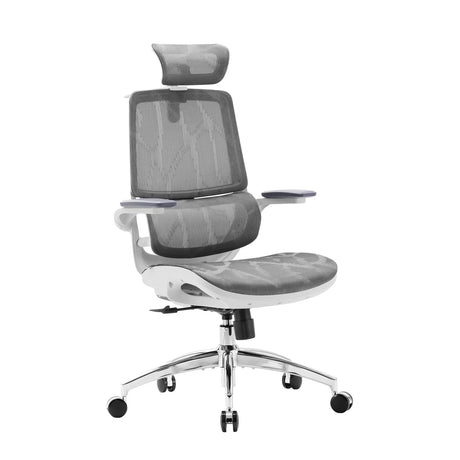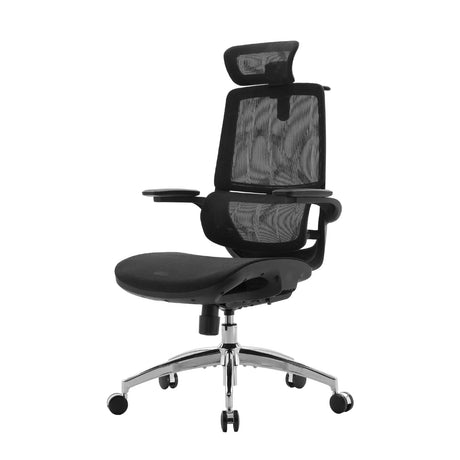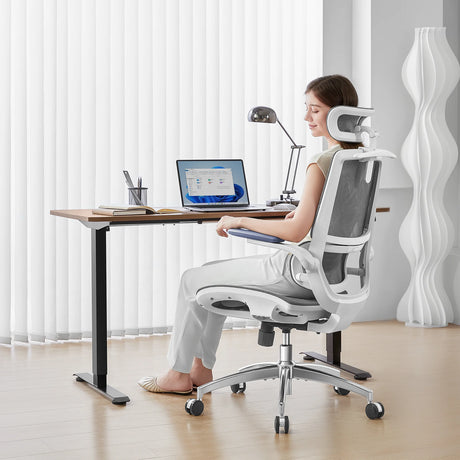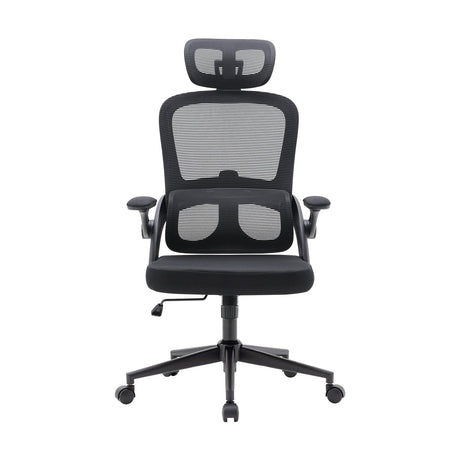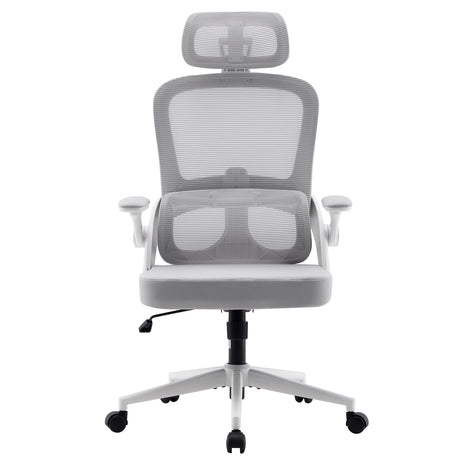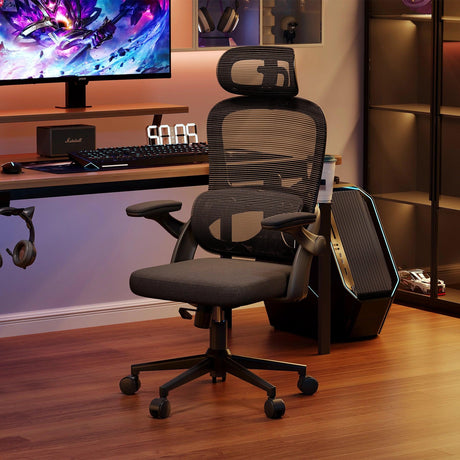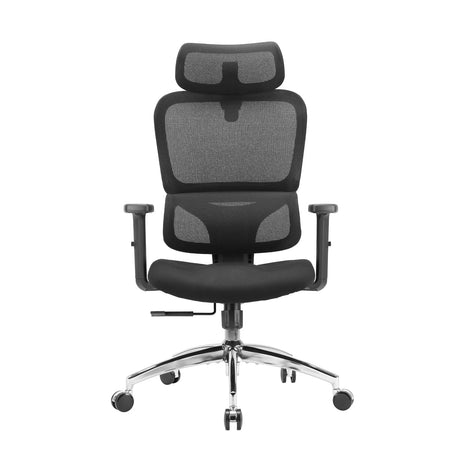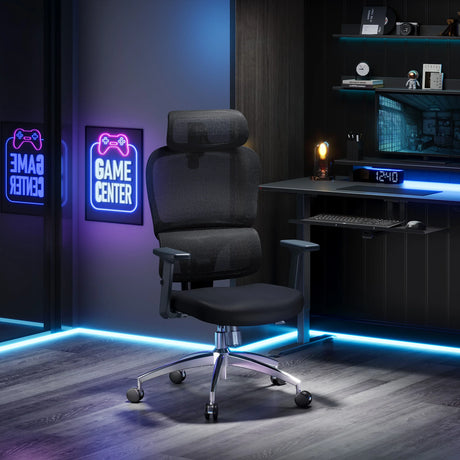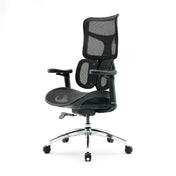The hospital overbed table is a common sight in healthcare settings, designed to provide patients with a convenient surface for eating, reading, writing, and even working during their hospital stay. It may seem like a simple piece of furniture, but it has an interesting history and a crucial role in modern healthcare environments. But who exactly invented the hospital overbed table, and how did it evolve to become a standard in patient care? Let's take a look.
The Origins of the Hospital Overbed Table
The concept of the hospital overbed table emerged in the early 20th century. During this period, hospitals were evolving from basic care facilities to more organized and patient-focused institutions. The need for comfort, convenience, and the ability to perform tasks like eating or reading while bedridden became more apparent.
While the exact inventor of the overbed table is somewhat unclear, it is believed that early versions of the table appeared in the 1920s and 1930s. The design was initially very simple—a small, flat surface that could be moved over the bed to provide a convenient workspace for patients. Early models were often designed by hospital furniture manufacturers who saw the need for a solution to improve patient comfort.
The Evolution of the Design
As hospitals grew more advanced and patient care became more specialized, the overbed table was refined. Early models were static and difficult to adjust. However, with the advancement of medical equipment and furniture, new features like height adjustability, tilting surfaces, and better mobility began to appear in overbed tables.
By the mid-20th century, hospital overbed tables had become more sophisticated. Adjustable legs, locking mechanisms, and rolling wheels were introduced, allowing the tables to be moved with ease and locked in place. These features significantly improved the patient's experience, allowing them to perform tasks like eating, writing, or even working with greater ease and comfort.
The Overbed Table's Role in Patient Care
Today, the hospital overbed table is a vital piece of equipment in almost every hospital room. Its design is centered around the comfort and convenience of the patient. Modern overbed tables are lightweight, easy to move, and feature adjustable heights, so patients can customize them based on their needs.
The benefits of the overbed table go beyond just convenience. It allows patients to maintain a sense of normalcy by providing them with a surface for meals, writing, and other activities that they may have done before hospitalization. This simple piece of furniture can help reduce the feeling of isolation and improve the overall hospital experience.
Key Features of Modern Hospital Overbed Tables
Adjustable Height: Modern overbed tables come with easy-to-use height adjustment mechanisms, allowing them to be raised or lowered according to the patient’s needs. This feature is especially helpful for patients who are bedridden or have mobility issues.
Durable Materials: Overbed tables are built to withstand the rigors of healthcare environments. Most are made from sturdy materials like steel or aluminum, with surfaces that are easy to clean and disinfect.
Maneuverability: The inclusion of wheels or casters allows the table to be easily moved, which is important for both patient comfort and nursing staff efficiency.
Tilting Surfaces: Some overbed tables feature a tilting top, which is especially useful for patients who need to eat, read, or write at different angles.
The Importance of the Hospital Overbed Table in Modern Healthcare
Overbed tables are not just for patient comfort; they are also crucial for maintaining an efficient and organized healthcare environment. They provide a stable surface for medical equipment like IV pumps or monitors and offer a space for caregivers to place essential tools and medications while attending to patients.
Additionally, these tables are vital in rehabilitation settings, where patients may be recovering from surgeries or injuries. The ability to comfortably eat meals, engage in therapy exercises, or read can help accelerate recovery and improve overall patient well-being.
Conclusion
While the exact inventor of the hospital overbed table may remain uncertain, its evolution from a basic piece of furniture to an essential part of hospital care is a testament to the continuous improvements in patient comfort and care. Today, hospital overbed tables provide patients with much-needed autonomy and convenience, offering a practical solution that has been refined over decades to suit the diverse needs of patients.
Whether it's helping a patient eat, work, or simply feel more at ease during their recovery, the hospital overbed table remains a crucial, functional part of healthcare facilities worldwide. And as technology and patient care continue to evolve, we can expect even more innovations in the design and functionality of this indispensable piece of equipment.
